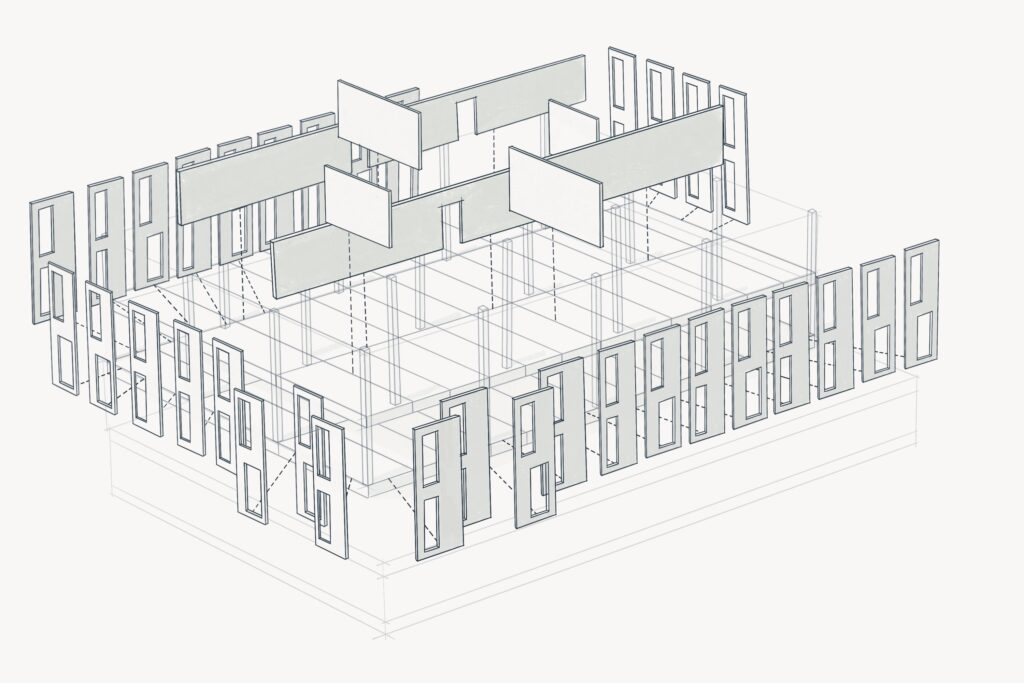by Ricardo Brites, PhD, Eng, Director of Project Engineering & VDC
The North American real estate market is etched with contrasting realities: soaring office towers stand empty while the dream of affordable housing remains distant for many. This isn’t just a crisis of space, but a collision of two trends — the rise of remote work and the deepening housing affordability gap.
The statistics paint a grim picture. In 2023, just 15.5 percent of home listings were “affordable” for the average household, a far cry from the pre-pandemic 40 percent and a dramatic dip from 2022’s meager 20.7 percent. Meanwhile, across the nation, office towers are gathering dust. New York City alone boasts over 95 million square feet of vacant space – enough to fill 30 Empire State Buildings and transform bustling business districts into eerily quiet ghost towns.
With remote and hybrid work continuing to play a major role in our lives, what can we do with these empty buildings?
Enter adaptive reuse, the art of transforming outdated structures into vibrant new spaces. This isn’t just about bricks and mortar; it’s about breathing life into decaying communities, preserving architectural heritage, and weaving together diverse, thriving neighborhoods.
The potential is undeniable. Recognizing the relationship between affordable housing and strong communities, the Biden administration unlocked valuable resources last October to support office-to-residential conversions. This bold move underscores the possibility of turning these empty shells into sanctuaries for families and revitalizing the very fabric of our cities.
But transforming empty towers into homes demands more than blueprints. How can the construction and design industries navigate this nuanced landscape while respecting historical integrity, ensuring accessibility, and embracing energy efficiency?
Breaking Boundaries: Adaptive Reuse and the Power of Multipurpose Spaces
Adaptive reuse isn’t just a buzzword; it’s a responsibility, especially in cities overflowing with underutilized spaces. Yes, the environmental benefits of repurposing existing infrastructure are undeniable, but the true magic lies in preserving the history entwined within these structures. By breathing new life into them, while adhering to modern regulations and codes, we’re able to protect these buildings for future generations to enjoy.
But doubt still lingers, even among industry leaders. Viability? Realism?
The Biden administration’s recent economic backing is a resounding vote of confidence in the right direction. Skeptics need tangible proof in the case of adaptive reuse, and government incentives can light the path for successful transformations.
Simply put, the housing crisis needs solutions and adaptive reuse is emerging as a potential remedy. As engineers, we must envision robust and dynamic structures, capable of shapeshifting to meet future needs. The sweet spot? Buildings that can morph from offices to apartments, and then back again, adapting to the changing demand of a city’s needs. We must have the foresight to see beyond single-use buildings, understanding that markets and realities evolve.


